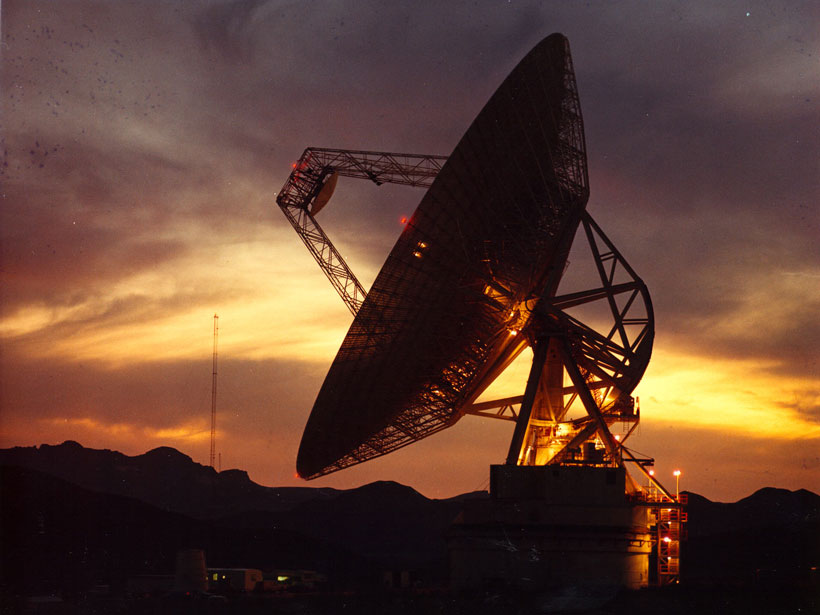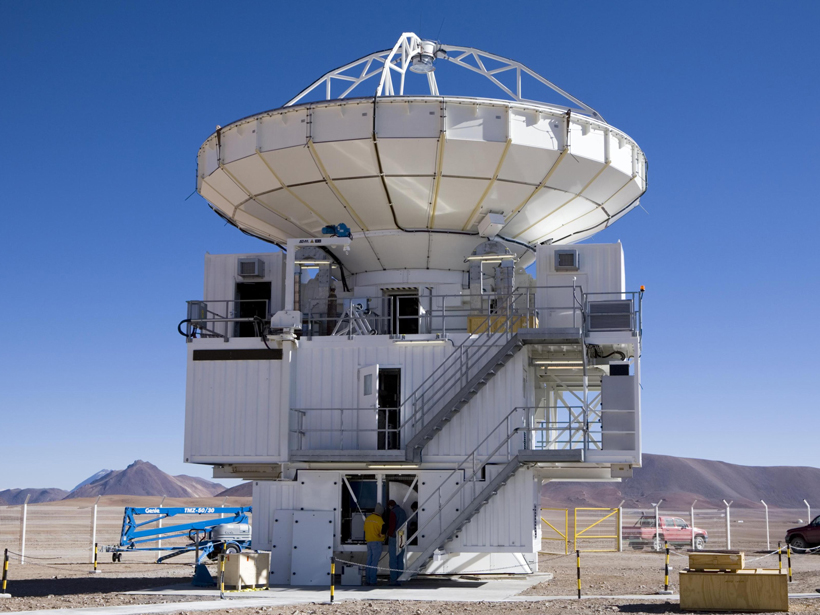Stunning images of the center of the Milky Way showcase technology and techniques that may be a starting point for more discoveries.
black holes
Posted inNews
The Closest Black Hole Is 1,000 Light-Years Away
An unseen object—probably a black hole—orbits with two normal stars in our cosmic neighborhood.
Posted inNews
More Than Just Astronomy: Radio Telescopes for Geophysics
Linking an existing network of radio telescopes with satellite radar would make it possible to measure ground displacements in a globally consistent way, scientists propose.
Posted inNews
New Proof That Accretion Disks Align with Their Black Holes
In the most detailed and highest-resolution black hole simulation to date, an international team of researchers showed the Bardeen-Petterson effect for the first time.
Posted inNews
A Decade of Atmospheric Data Aids Black Hole Observers
Astrophysicists are using a global atmospheric model to help them coordinate a multicontinent, radio-frequency observing campaign to gaze at the black hole at the center of the Milky Way.





